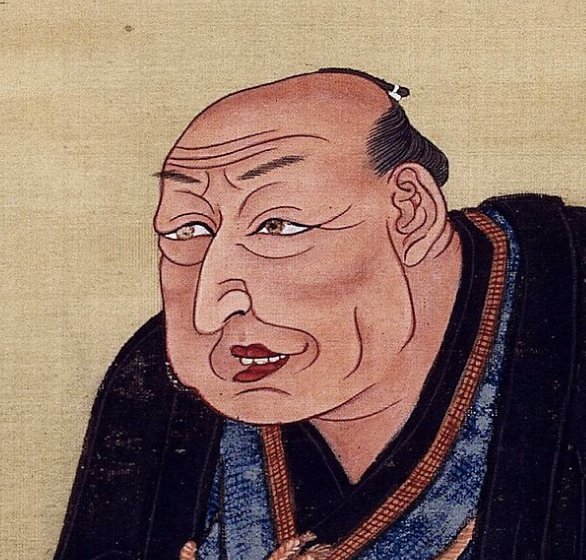UTAMARO
COLLECTING JAPANESE PRINTS FEATURED UKIYO-E ARTISTKitagawa Utamaro
1754 - 1806
There is perhaps no artist so skilled in capturing the pensive, enigmatic aura of beautiful women as Kitagawa, Utamaro. His very name, synonymous with the bijin-ga subgenre, often brings to mind great beauties of Edo: courtesans, geisha, teashop girls, and the wives and daughters of everyday townsfolk. Such beauties are often depicted performing daily rituals; for example, a woman washing her hair, geisha applying foundation, or Yoshiwara entertainers teasing a flash of skin.
Utamaro excelled not only at portraying eroticism in the context of everyday life but also nuances of the feminine psyche. Born in the capital of Edo in 1754, he studied with artist Toriyama Seiken until 1788. Throughout his professional career, Utamaro produced, painted, and illustrated nearly two thousand works, including picture books, Kabuki libretti, shunga, and one hundred and twenty bijin-ga print series. He also pioneered okubi-e portraiture, rather than standardized, full-length designs which were more commonplace at the time. Unsurprisingly, Utamaro maintained a dominant presence in ukiyo-e production throughout the last decade of the eighteenth century.
But his luck was soon to change. In 1804, Utamaro produced a three-panel print depicting the Shogun Toyotomi Hideyoshi and his concubines, a violation which earned him three days in jail and fifty days under house arrest. Such draconian punishment is believed to be the cause of his death two years later in 1806.
Though his death was premature, Kitagawa Utamaro continued to exert varying degrees of influence. Shin hanga artists such as Hashiguchi Goyo and Ito Shinsui, reassessing conventional methods of ukiyo-e, turned to the works of Utamaro to achieve the same quality in their prints. Conversely, Western collectors and connoisseurs of Utamaro, such as van Gogh and Toulouse-Lautrec, transformed European painting as a direct result of their interaction with such prints. No matter the influence, is it clear based on professional achievement and legacy that Kitagawa Utamaro is truly an exceptional artist within the genre of ukiyo-e.



